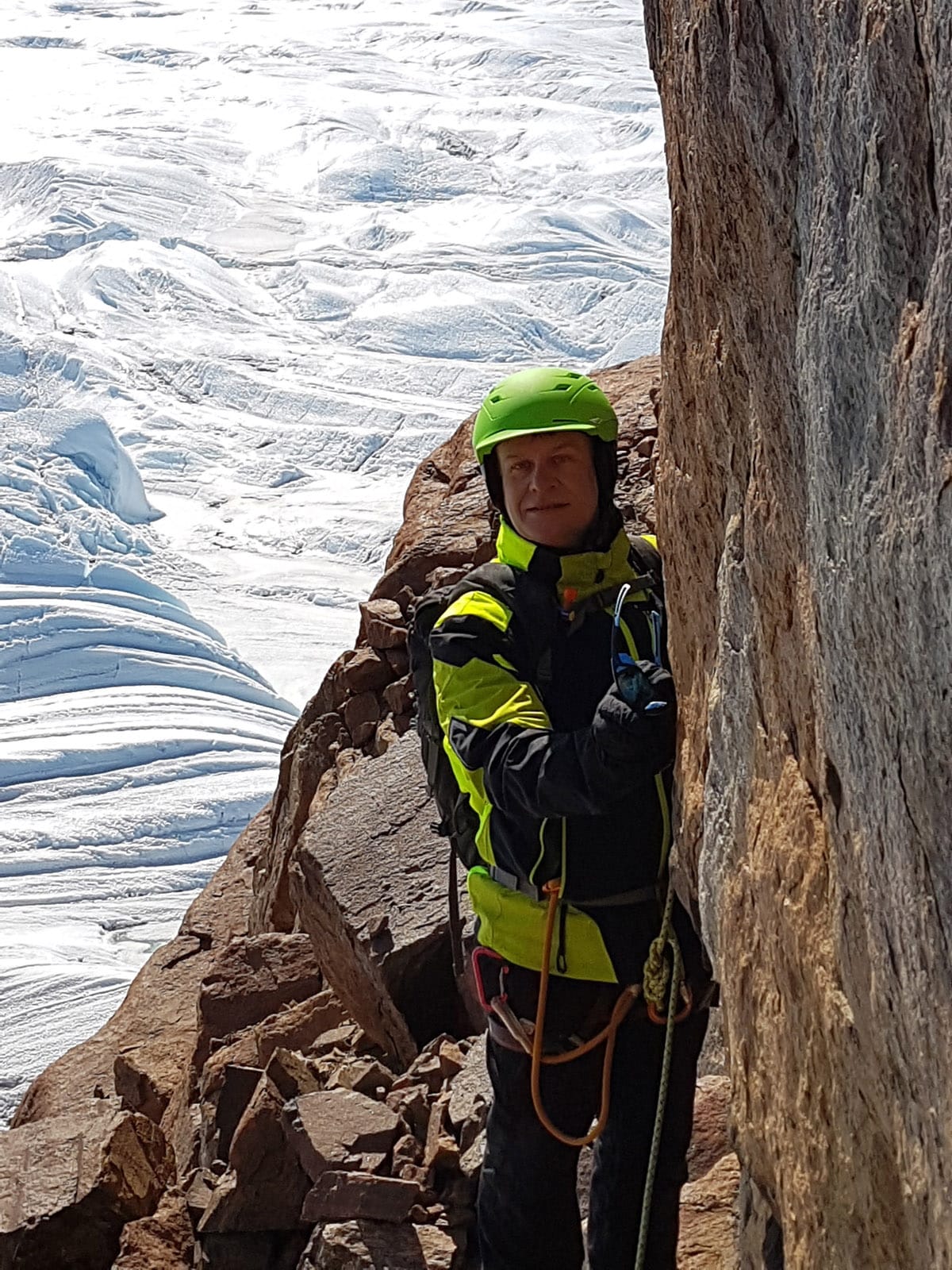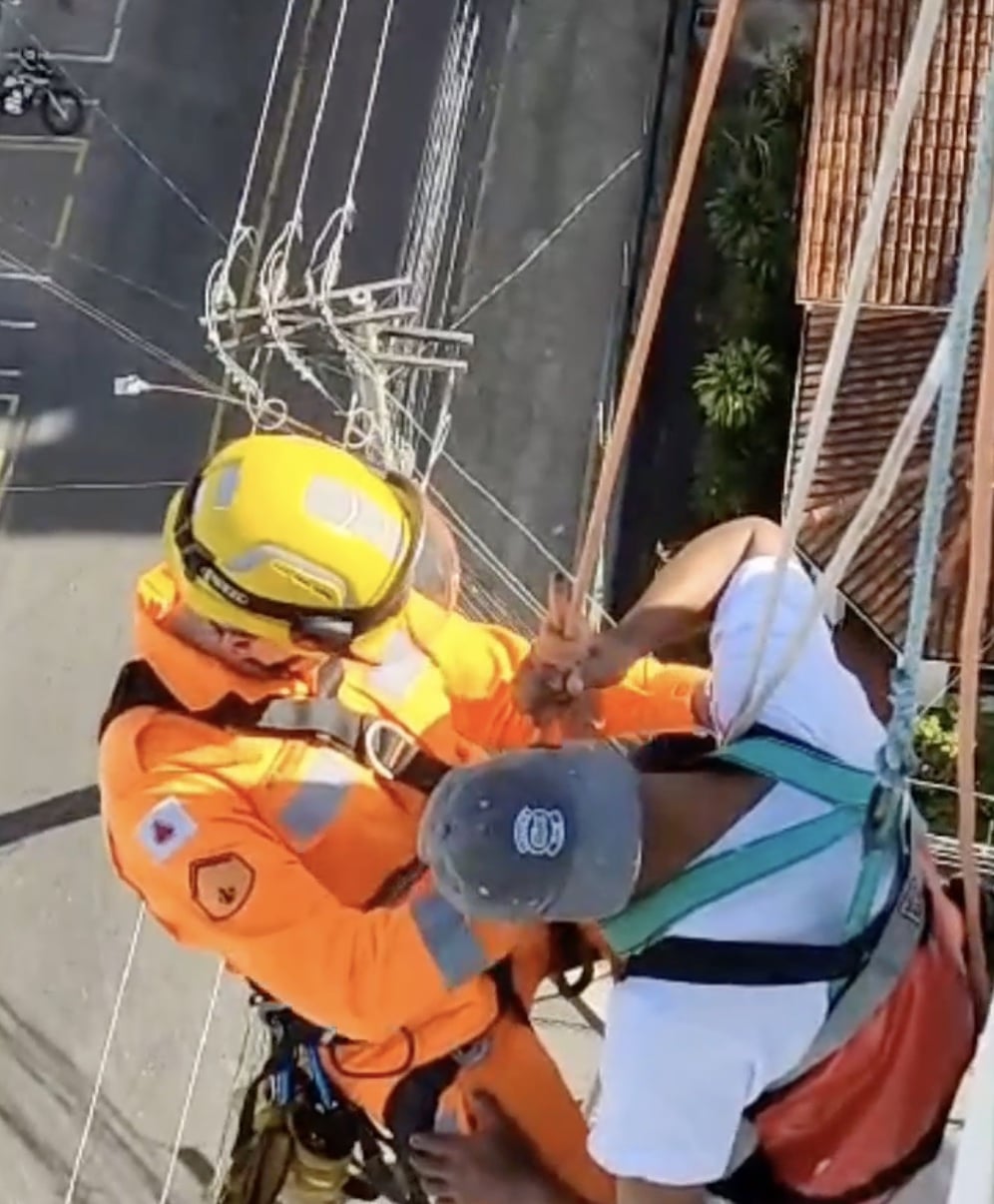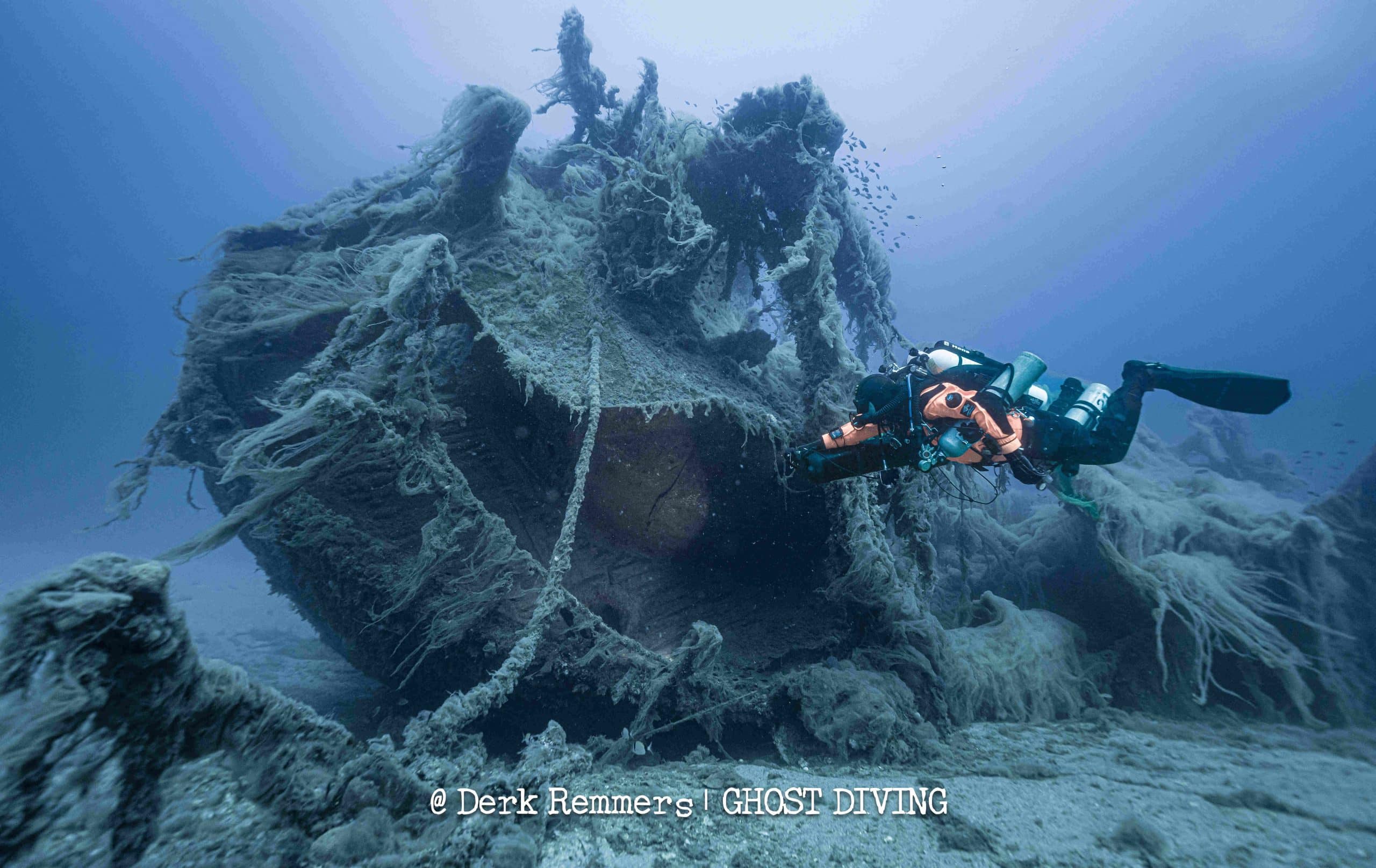According to an expert, the Titanic submersible, which tragically claimed the lives of three British individuals, would have met a fate akin to a “popped balloon” after plunging vertically like an “arrow.”
Hamish Harding, Shahzada Dawood, and his teenage son Suleman, along with French explorer Paul-Henri Nargeole and Stockton Rush, the CEO of OceanGate, lost their lives in the incident.
Submarine expert José Luis Martín stated that during the final moments, the five victims likely lost their balance and potentially fell on top of one another.
Martín explained that the Titan submersible descended “like an arrow vertically” and had “no control” for a distance of at least 2,953 feet (900 meters).
The implosion of the submersible can be likened to “puncturing a balloon,” Martín described.

Based on Martín’s calculations, the passengers would have been aware of their impending fate for a period ranging from 48 to 71 seconds.
Martín informed Nius newspaper, “The submersible was descending without incident, maintaining a horizontal position until it reached an altitude of approximately 5,577 feet (1,700 meters).”
“At that point, an electrical failure occurred. The submersible was left without an engine and propulsion, resulting in a loss of communication with the Polar Prince,” he added.
Martín continued, “The Titan changed its orientation and descended vertically like an arrow due to the 400 kilograms of passengers located near the porthole, which affected the stability of the submarine.”
“They all rushed and crowded together on top of each other. Imagine the horror, fear, and agony,” he stated.
“It must have been like a scene from a horror movie,” Martín added.

As the submersible sank into the depths of the ocean, the hull, designed to withstand immense pressure, experienced a sudden increase in compression due to external forces.
Martín further explained, “Inside the vessel, where the tourists and pilot were located, there was a strong compression of the structure. In that period of time, they were fully aware of their predicament, enveloped in total darkness.”
“It’s difficult to comprehend the magnitude of what they experienced during those moments. After approximately 48 seconds or one minute, the implosion occurred, leading to instantaneous death,” he concluded.
The tragic incident occurred during an expedition to view the wreckage of the Titanic on the morning of June 18th.
Approximately 105 minutes into the dive, contact was lost with the mothership, and the US Coast Guard confirmed the victims’ deaths four days later.
An ongoing investigation is being conducted to understand the circumstances surrounding the implosion.






